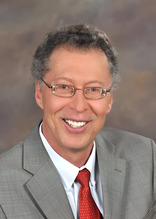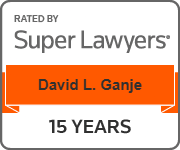In oil and gas leases, a shut-in royalty provision is essential to protect the interests of lessors and Operators alike. An Operator is the business responsible for the drilling, completion, and production operations of a well and the physical maintenance of the leased property. Oil and gas lessors like shut-in provisions because they provide that some money continues without the act of suing the Operator to start producing again or get out. Operators like shut-in provisions because they provide a path to maintaining the lease when “the market” makes production ill-advised.
As important as these provisions are for the parties, there are difficulties drafting these terms into an oil and gas lease. For an unprepared lessor, an inadequate shut-in provision allows a non-producing well to sit on his land, shut-in, for years while providing little or nothing to the lessor. For an unprepared Operator, an inadequate shut-in provision forces a lose/lose decision between bad money paid out during new production or losing both the lease and the well that took big bucks to negotiate and complete. For example, what is a fair shut-in period? 3 years? 1 year? Even leases with adequate shut-in provisions have problems in legal interpretation, and in such cases the state code should stand ready with answers. States have woefully inadequate road maps to cover these situations.
New York law requires that production continue with some consistency beyond the primary leasing term. Still, there are some important unknowns that the legislature and the courts have yet to make clear. New York courts have held that “If…there is no production and it is reasonable from the facts to determine that production has finally ceased, then the lessor may recover possession of his lands free of the lease.” But, “temporary cessation of production does not terminate the lease.” What exactly is a final ceasing of production? How long can production cease before it is no longer ‘temporarily’ so? Mechanical issues with wells can last for years, especially if not properly managed – and economic issues can make production untenable for even longer. Complicating this issue, New York courts have implied that these rules only apply when the Operators are not prevented from production by forces outside of their control (which can include market conditions). So how long can lessors be stuck with a non-producing well on their land that the Operators claim has only ‘temporarily’ ceased production because of outside forces? Answer: it is presently unclear.
Where there is no good statutory roadmap, it is vital for all parties to protect their interests with proper shut-in provisions when agreeing to an oil and gas lease. New York must fix their sparse guidance on oil and gas leases that extend past the primary leasing term. Vague statutes that force disagreeing parties into court in order to fill in the legislature’s gaps are not the answer. Astute lessors and Operators can protect their interests by writing a thorough shut-in provision. These matters are too important to be left to hand-me-down, boilerplate lease language.
David Ganje. David Ganje of Ganje Law Offices practices in the area of natural resources, environmental and commercial law in New York. The website is Lexenergy.net






